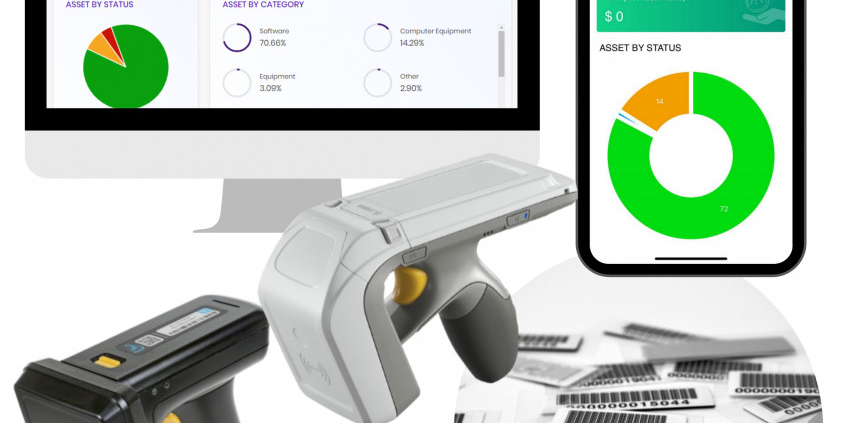Biometric vs. Digital Attendance Tracking: Which One Is Right for You
In today’s fast-paced workplace, attendance tracking has evolved far beyond paper timesheets and manual sign-ins. Organizations are now adopting advanced solutions to improve accuracy, reduce fraud, and simplify workforce management. Two of the most popular approaches are biometric attendance tracking and digital attendance tracking. While both methods aim to streamline attendance, they differ in technology, application, and suitability for various industries.
At Cloud-in-Hand® Solutions Platform, we help businesses find the right tools to manage attendance efficiently. Let’s break down the differences between biometric and digital systems to help you decide which one is best for your organization.
What Is Biometric Attendance Tracking?
Biometric systems rely on unique physical characteristics such as fingerprints, facial recognition, or iris scans to verify identity. This ensures that only the right person can clock in or out, virtually eliminating “buddy punching” (when employees clock in for each other).
Benefits of Biometric Systems
High Accuracy: Uses unique traits, reducing the chance of errors or fraud.
Enhanced Security: Ideal for sensitive environments where access control matters.
Ease of Use: Employees don’t need badges, cards, or PINs—just themselves.
Considerations
Privacy Concerns: Some employees may hesitate to share biometric data.
Cost: Hardware like scanners or facial recognition cameras can be expensive.
Environment: Harsh workplaces (e.g., dusty, wet, or outdoor sites) may affect reliability.
What Is Digital Attendance Tracking?
Digital attendance tracking uses smart devices, cloud platforms, or mobile apps to log employee check-ins. Employees may scan a QR code, tap an RFID badge, or use a mobile app linked to GPS or Wi-Fi networks.
Benefits of Digital Systems
Flexibility: Works well for remote teams, hybrid workplaces, and field staff.
Cost-Effective: Requires less hardware compared to biometric solutions.
Scalability: Easy to roll out across multiple locations using cloud-based tools.
Data Insights: Provides analytics and reporting to improve workforce planning.
Considerations
Device Dependence: Employees need access to smartphones or ID cards.
Fraud Potential: Without strict controls, there may still be risks of proxy check-ins.
Connectivity: Internet or mobile network access is required for real-time updates.
Which One Is Right for You?
The choice between biometric and digital attendance tracking depends on your organization’s needs:
Biometric Attendance Tracking is best for secure environments (healthcare, government, finance) where identity verification is critical. It’s also a strong option for workplaces struggling with time theft.
Digital Attendance Tracking is ideal for businesses with flexible work arrangements, remote employees, or multiple office locations. It offers convenience, scalability, and cost savings without significant hardware investment.
The Cloud-in-Hand® Advantage
At Cloud-in-Hand® Solutions Platform, we specialize in providing smart attendance tracking solutions that fit your unique business model. Whether you’re looking for the enhanced security of biometrics or the flexibility of digital tools, our platform integrates seamlessly with your workflows. With features like cloud-based data storage, mobile accessibility, and customizable reporting, we help you manage your workforce with accuracy and ease.
Final Thoughts
Both biometric and digital attendance systems have their strengths. The key is aligning the technology with your operational needs, budget, and employee experience. With Cloud-in-Hand® Solutions Platform , you don’t have to choose blindly—we guide you to the solution that makes attendance tracking effortless, secure, and future-ready.



Leave a Reply
Want to join the discussion?Feel free to contribute!